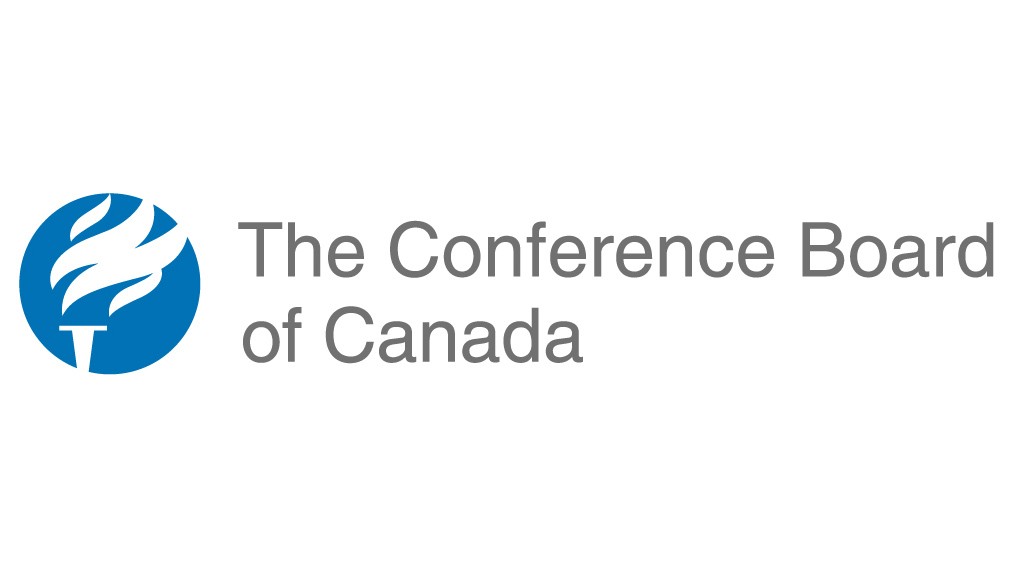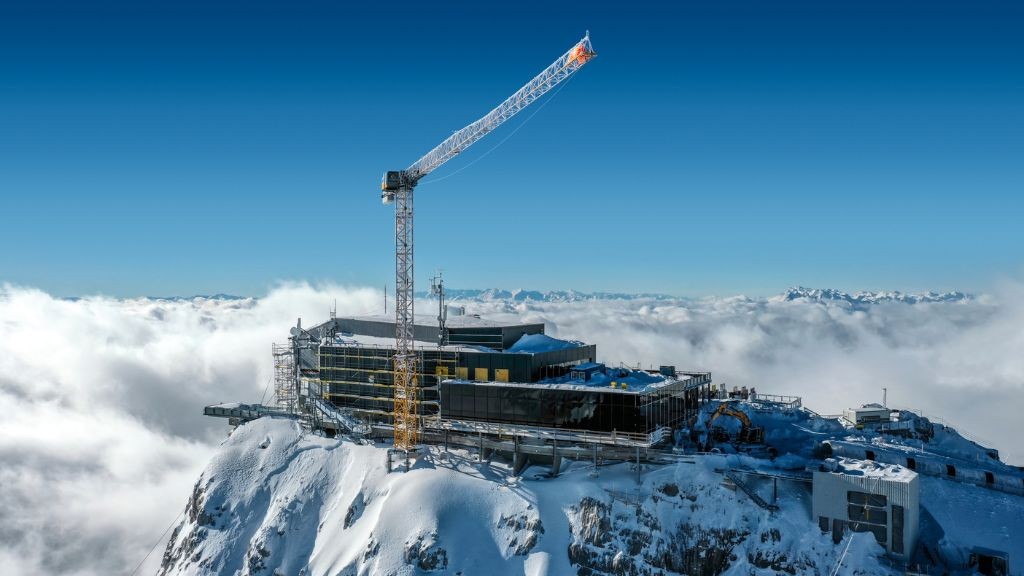Cool Idea: 3D-printed homes could help address long-standing Northern housing challenges

The Conference Board of Canada's new research series on emerging technologies launches with a look at how 3D-printed homes could be considered for Canada's northern and Indigenous communities. The Cool Ideas series aims to spark discussion about how emerging technologies could potentially improve or disrupt the quality of life in Canada's North.
Revolutionary Building for the North: 3D Printing Construction, the first report in the Cool Ideas series, highlights how 3D printing construction could deliver significant cost and time savings, potentially addressing some of the housing challenges in the North.
"While it's not yet clear whether the technology can address or overcome some of the key issues that construction projects must contend with in Northern and remote environments, it's not hard to see how 3D printing construction could potentially have a meaningful impact in Canada's North," said Stefan Fournier, associate director, Northern and Aboriginal Policy.
"Housing and construction in general is one of the greatest challenges in Northern Canada. There is a severe shortage of suitable housing and appropriate buildings across the North, and the high cost of standard construction and short transportation season have prevented governments from coming close to meeting the urgent need for housing in the North."
Construction and maintenance costs are all extraordinarily high in the North as building materials must be transported on ice roads or sealifts and scheduled months in advance. This puts quality affordable housing out of reach for many residents without significant subsidies from the public sector. In Nunavut, it can cost up to $550,000 to construct a new public housing unit – three times the cost of building the same unit in the Greater Toronto Area.
The shortage of housing in the North has some serious consequences. Overcrowded homes contribute to health problems, interfere with youths' learning and education, and intensify domestic tensions.
Potential benefits of 3D-printed homes in the Canadian North, include:
- Lower construction costs: The cost of 3D-printed homes could be substantially less than that of a traditionally built home, perhaps as little as one one-fifth of the cost.
- Reduced construction times: A 3D-printed house of approximately 400-square-feet can be constructed within 24 hours. The shorter construction process means more homes could be produced in a shorter timeframe and contribute to a rapid reduction in the housing shortage.
- Decreased transportation challenges: Using locally available materials would reduce reliance on the shipment of construction supplies to isolated communities.
- Increased local and individual design input: 3D printers allow for greater flexibility than standard construction, which can potentially be used to design homes and other buildings that reflect local cultures and values.
However, questions remain on the effectiveness of the technology in northern and remote environments. 3D printers use a combination of extruded concrete and foam and it is not yet known whether these materials can stand up to Arctic climates. Concrete may also be too heavy for houses that are built on permafrost terrain and the shifting ground that comes with permafrost degradation due to climate change. Other challenges include impacts on existing construction firms and jobs, and the need for people with advanced skills
"There are still many unanswered questions about 3D-printed homes. But, there are signs that 3D printing could revolutionize home construction and potentially help to address many of the housing challenges facing the region," said Ken Coates, professor and Canada Research Chair in Regional Innovation, University of Saskatchewan and co-author of the report.
The report recommends that the technology be tested in northern environments to better assess the potential of 3D printing construction in addressing the significant housing challenges facing the North.
The Cool Ideas series will consist of approximately ten reports, published over the next several years. Topics under consideration for future publications, include remote surgery, tech-driven education, and autonomous trucks, among others.



